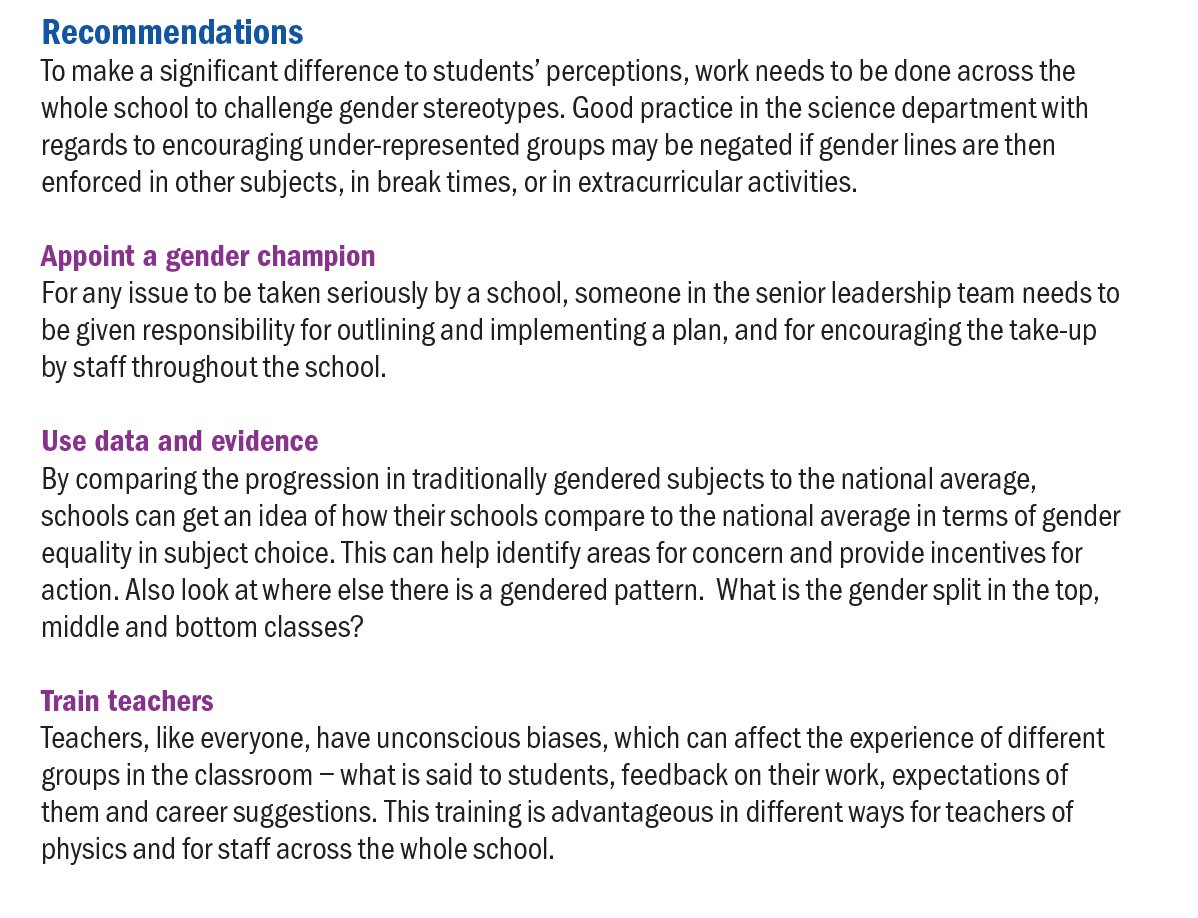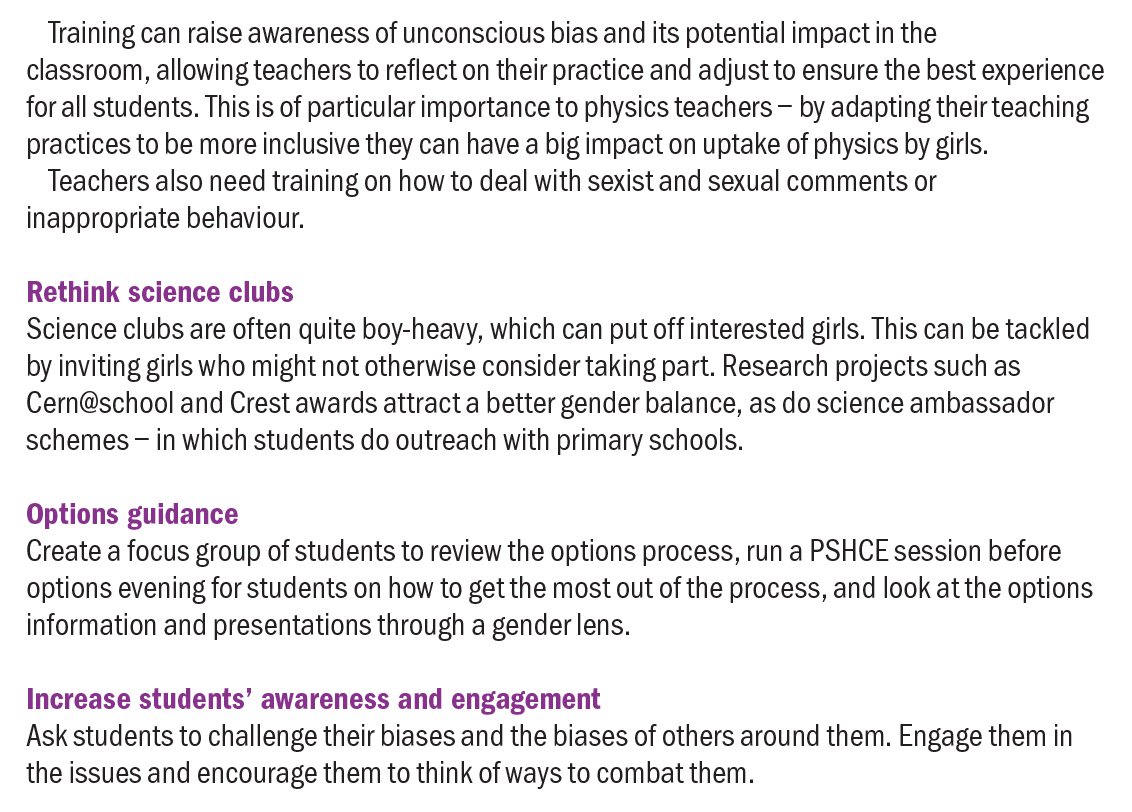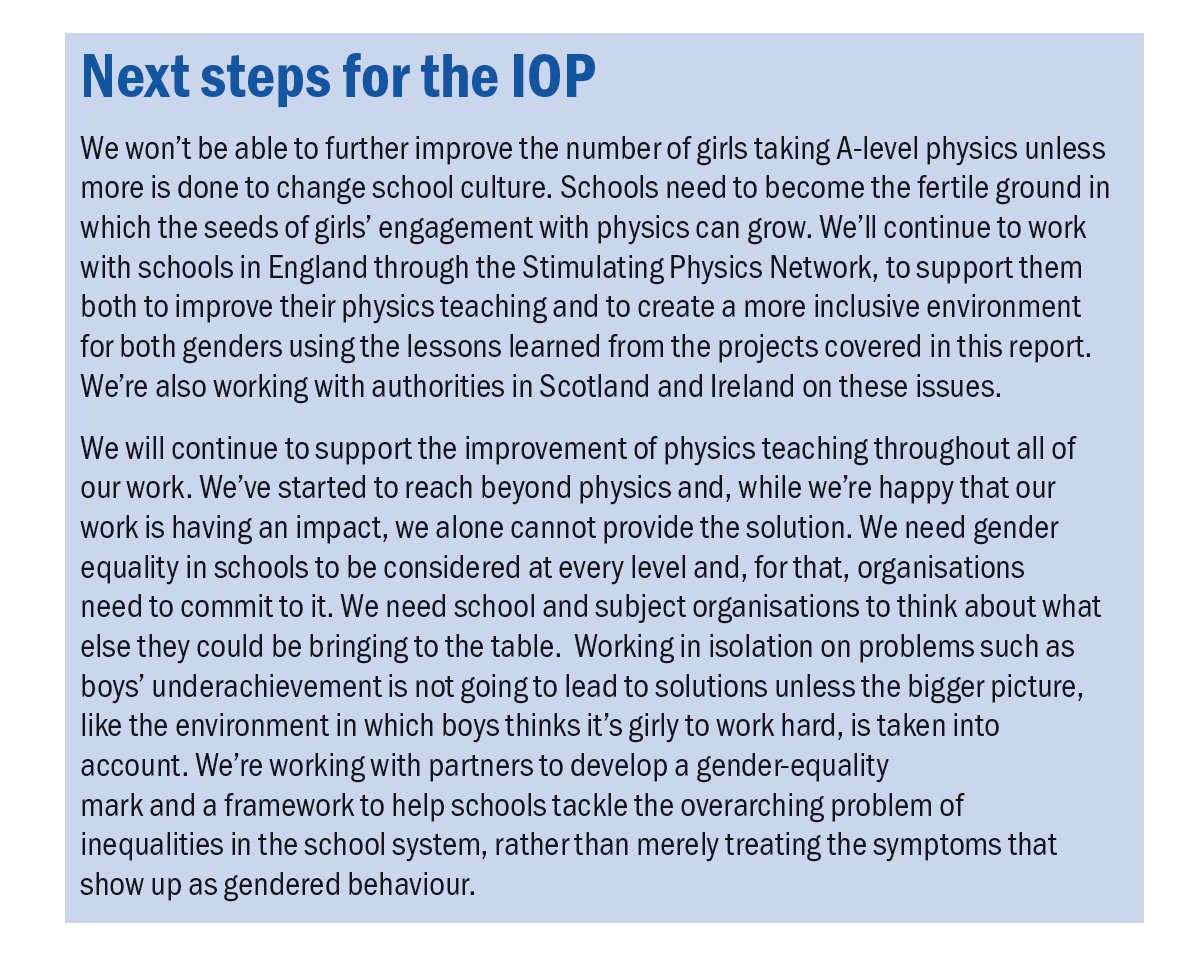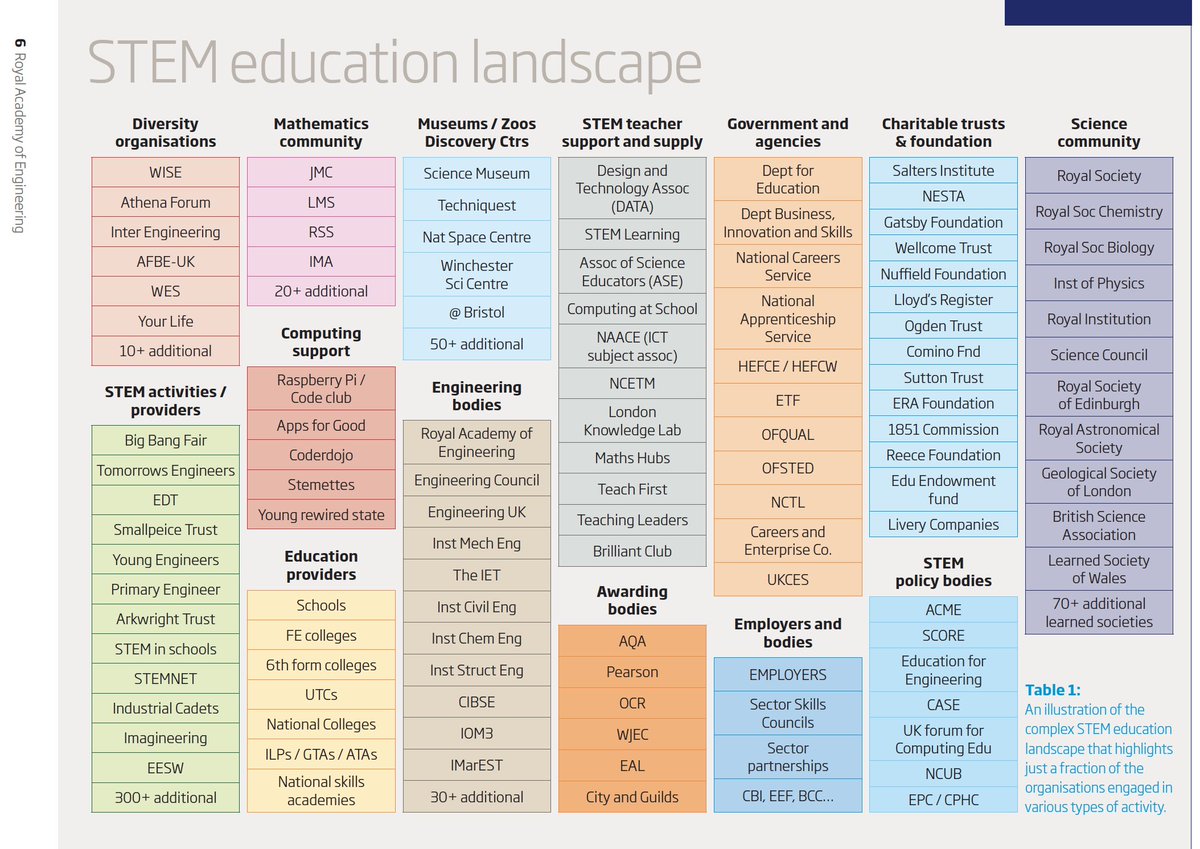Can a simple Bayesian approach help?
@ADAlthousePhD,
@Michael_Harhay, @otavio_ranzani, @reverendofdoubt, others pls
correct me if I am wrong!
jamanetwork.com/journals/jama/…
Keep Current with Fernando Zampieri
This Thread may be Removed Anytime!
Twitter may remove this content at anytime, convert it as a PDF, save and print for later use!

1) Follow Thread Reader App on Twitter so you can easily mention us!
2) Go to a Twitter thread (series of Tweets by the same owner) and mention us with a keyword "unroll"
@threadreaderapp unroll
You can practice here first or read more on our help page!




